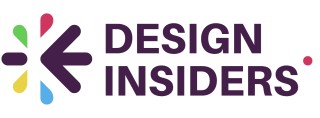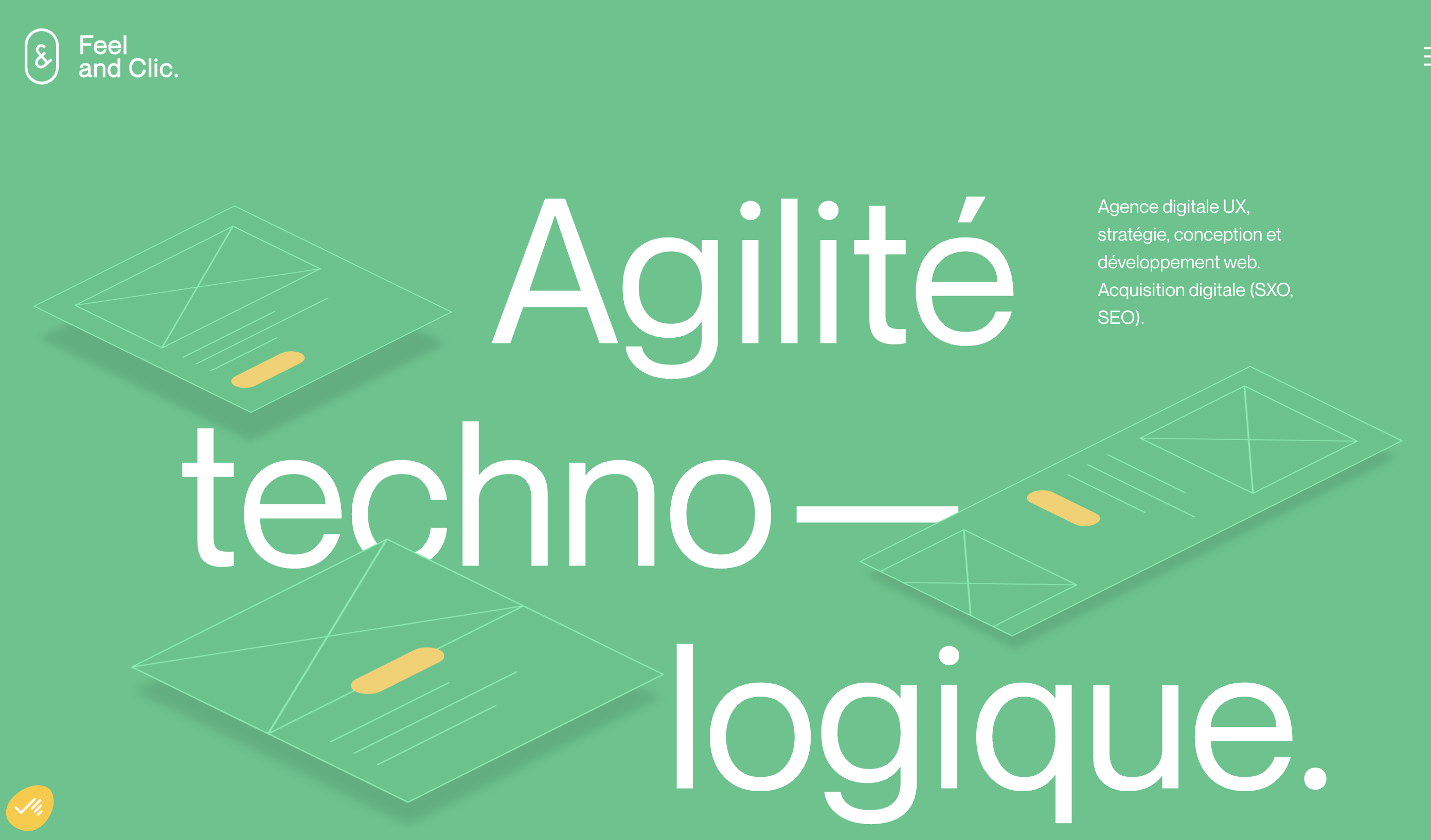
Understanding the Need for InDesign Alternatives
Why Seek Alternatives to Adobe InDesign?
Adobe InDesign is undeniably a staple in the design community for desktop publishing and layout projects. Renowned for its robust features and capabilities, InDesign has led the industry as a go-to tool for producing professional print and digital media. However, several factors prompt designers to explore the need for seeking alternatives to this widely used software.
One of the primary considerations is cost. Adobe InDesign requires a subscription to Adobe Creative Cloud, which can be a financial burden for freelance designers, startups, or educational institutions operating under tight budgets. Therefore, finding an InDesign alternative that is affordable or even free becomes essential for those seeking similar functionality without a costly price tag.
Additionally, compatibility with different operating systems like Windows, macOS, and Linux is a crucial factor. While Adobe InDesign runs efficiently on Windows and macOS, some designers prefer open-source or alternative tools that can function seamlessly across all platforms, particularly Linux.
The demand for simplicity and user-friendliness also plays a role. Some users may find InDesign's comprehensive toolset overwhelming, especially beginners or those switching over from simpler systems. Here, exploring solutions with intuitive interfaces or less complex features may make for a more welcoming user experience.
Ultimately, designers are also seeking alternatives that offer unique features or capabilities. These might include drag and drop functionality, a wide range of templates for social media or publishing, or specific tools like Scribus, Affinity Publisher, Swift Publisher, and other desktop publishing software that bring fresh perspectives to design processes.
As you consider these factors, join us in evaluating some of the best free and affordable tools, and what uniquely sets them apart from InDesign in terms of features, user experience, and learning curve.
Top Free Alternatives to InDesign
Embracing Free Alternatives to Adobe InDesign
Many designers seek cost-effective alternatives to Adobe InDesign without sacrificing functionality or quality. Free software options can be particularly appealing for beginners, freelance designers, and small businesses operating on a budget. Let’s explore some of the top contenders available today.
Scribus
An open-source tool, Scribus is recognized for its robust features and cross-platform compatibility, supporting Windows, macOS, and Linux. Though its interface may seem less polished than InDesign, it covers core desktop publishing needs such as layout creation and text and image manipulation.
Affinity Publisher
Though Affinity Publisher is not entirely free, it often offers a free trial. Known for its affordability and professional-grade capabilities, it integrates seamlessly with Affinity Designer, providing a cohesive software suite for design tasks. This makes it a popular InDesign alternative among designers who require a sophisticated toolset without recurring fees.
Canva's Free Version
Though primarily a web-based tool, the free version of Canva is widely used for creating quick and visually appealing designs. With its drag-and-drop interface and selection of templates, Canva is well-suited for social media content and basic publishing needs.
When exploring layout and publishing options, these free tools present significant potential. Each offers distinct attributes and capabilities, allowing designers to tailor their choice based on specific project requirements and personal preferences. Whether you're looking to avoid the costs associated with Adobe's suite or seeking software that aligns better with your operating system, these options underscore a commitment to quality and accessibility in design software.
Affordable Paid Alternatives to InDesign
Exploring Budget-Friendly Design Software
While free alternatives to Adobe InDesign offer a great starting point, sometimes investing in affordable paid software can significantly enhance your design capabilities. These tools often come with advanced features and support that free versions might lack, making them a worthy consideration for designers who need more robust solutions.
Affinity Publisher: A Strong Contender
Affinity Publisher is one of the best alternatives to InDesign, offering a wide range of features at a fraction of the cost. Available on both Windows and macOS, it provides a seamless experience for desktop publishing. With its intuitive interface and powerful layout tools, Affinity Publisher is ideal for creating professional publications. The software supports a variety of file formats and integrates well with Affinity Designer, making it a versatile choice for designers looking to expand their toolkit.
Swift Publisher: Simplicity Meets Functionality
For macOS users, Swift Publisher offers an affordable solution with a focus on simplicity and ease of use. It includes a selection of templates and a drag-and-drop interface, making it accessible for beginners while still providing the necessary tools for more complex projects. Swift Publisher is particularly suited for small businesses or individuals who need to produce marketing materials without a steep learning curve.
Marq: Cloud-Based Convenience
Marq, formerly known as Lucidpress, is a cloud-based design tool that offers a free version with basic features and a paid plan for more advanced needs. Its online platform allows for easy collaboration, making it a great choice for teams working remotely. Marq's user-friendly interface and extensive template library make it a practical option for those who need to create professional layouts quickly and efficiently.
Microsoft Publisher: A Familiar Face
For those already embedded in the Microsoft ecosystem, Microsoft Publisher is a viable alternative. While it may not have all the advanced features of Adobe InDesign, it provides a familiar interface for Windows users. It's particularly useful for creating simple layouts and is often included in Microsoft Office bundles, making it a cost-effective choice for those who already have access to the suite.
Choosing the right tool depends on your specific design needs and budget. Whether you prioritize advanced features, ease of use, or cloud-based collaboration, there are numerous options available that can serve as effective alternatives to Adobe InDesign. For more insights on selecting the right design tools, consider exploring the role of a UX consultant in modern design.
Comparing Features: InDesign vs. Alternatives
Feature-by-Feature: Examining the Options
When comparing the features of InDesign with its alternatives, it's important to focus on the key functionalities that are essential for your design projects. InDesign is renowned for its powerful layout and publishing capabilities, but alternatives have been stepping up the game, offering competitive features that can fit various needs. The Adobe InDesign software is a heavyweight in the desktop publishing arena, offering a wide range of tools for professional-grade design and publishing work. However, this subscription-based model might not be ideal for everyone, leading designers to seek free or affordable alternatives. Here's a closer look at how these options stack up against the industry leader:- Layout and Publishing Capabilities: InDesign excels with its comprehensive layout tools suitable for creating intricate designs. Alternatives like Affinity Publisher and Scribus provide robust solutions as well. Affinity Publisher, often praised for its cost-effectiveness, delivers advanced typesetting and intuitive desktop publishing tools across both Windows and macOS platforms. For those preferring a free alternative, Scribus on macOS and Linux offers an open-source environment rich in publishing features, albeit with a steeper learning curve.
- Template Selection and Customization: InDesign provides a sophisticated selection of templates that enhance productivity with pre-defined layouts. Free alternatives, such as Microsoft Publisher, might have limitations in terms of diversity and quality, yet it offers an easier entry point for beginners. Marq (formerly known as Lucidpress) also presents a variety of modern templates and a straightforward drag-and-drop interface, making it attractive for users looking for simplicity in their design tasks.
- Image and File Handling: Handling images in design projects is crucial, and InDesign sets the bar high with support for high-resolution images and complex file formats. Affinity Designer complements Affinity Publisher by offering seamless integration between vector and raster graphics, which can be a desirable feature for many designers. With Affinity’s free trial option, users can explore its capabilities before committing financially.
- Cross-Platform Compatibility: Adobe's ecosystem is renowned for its robust cross-platform functionality, which is a critical factor for designers working across different operating systems such as Windows, macOS, and Linux. In comparison, Adobe alternatives like Swift Publisher might be restricted to certain platforms (macOS in this case), limiting accessibility for some users.
User Experience and Learning Curve
Evaluating User Experience and Learning Curves of Design Tools
Designers seeking alternatives to Adobe InDesign must consider the user experience and the learning curve associated with each software. A seamless user interface and intuitive features can significantly enhance productivity in the design process. Let's explore how some alternatives stack up in this regard.Scribus: The Open Source Choice
Scribus, as a free open-source alternative, is appreciated for its versatility across Windows, macOS, and Linux platforms. It offers a wide range of layout and publishing capabilities, but its interface can seem dated compared to proprietary tools like Adobe. While dedicated users may find it robust, beginners might struggle with its less intuitive operation.Affinity Publisher: Balancing Features and Usability
Affinity Publisher is praised for its sleek design and affordability. Although not free, its one-time purchase model makes it an attractive option for those rejecting Adobe’s subscription. Its learning curve is relatively gentle, making it a favorite among Windows and macOS users seeking a feature-rich yet easy-to-navigate alternative.Swift Publisher: Simplicity for macOS
MacOS users looking for simplicity without losing essential design features often turn to Swift Publisher. This software is particularly suited for those engaged with desktop publishing, offering a selection of templates and a drag-and-drop design experience. Its straightforward interface makes it a viable option for novices seeking an affordable purchase.Microsoft Publisher: The Familiar Environment
For users already embedded within the Microsoft ecosystem, Microsoft Publisher provides a familiar interface with a selection of templates. While it's less robust than InDesign, its ease of use through a recognizable platform offers a smoother transition for many.Marq (formerly Lucidpress): For Social Media Designers
Marq is a browser-based tool that caters to design projects focused on social media or small-scale publishing needs. While its free version has limitations, the intuitive drag-and-drop interface makes it accessible to those who value simplicity over an extensive feature set.Choosing the Right Tool for Your Design Needs
Finding the Perfect Fit for Your Design Projects
When it comes to selecting the right design tool, it's essential to weigh various factors to ensure it meets your specific needs and project goals.- Budget Considerations: If cost is a primary concern, free alternatives like Scribus offer a viable solution, especially for those working on macOS or Linux platforms. However, opting for a paid tool such as Affinity Publisher often means access to advanced features without a recurring subscription.
- Compatibility and Platform: Make sure the software aligns with your operating system. For instance, if you're a macOS user looking for a free option, alternatives compatible with this platform should be considered.
- Feature Set: Compare the capabilities of each tool. Does the alternative support a wide range of templates or drag-and-drop functionality? Is the layout and publishing support robust enough to match your needs?
- User Experience: A smooth, intuitive interface is crucial. Assess the learning curve involved with each tool—a quick adaptation means less downtime and a faster workflow.
- Community and Support: Platforms with strong community backing or reliable customer support can significantly impact the ease of tool adoption, providing guidance when tackling complex design challenges.
- Specific Project Requirements: Are you focusing on desktop publishing, social media graphics, or a hybrid of tasks? Choose tools that excel in those areas, ensuring efficiency and effectiveness.














